The dynamic nature of small-cap stocks presents both significant opportunities and considerable challenges for investors. These companies, often in their early stages of growth, can offer substantial returns but are also prone to higher price volatility compared to larger, more established corporations [Introduction]. To navigate this fluctuating landscape, investors often turn to technical analysis, a discipline focused on interpreting price patterns and trading volumes to identify potential trading opportunities. Among the array of technical indicators available, Bollinger Bands, conceived by John Bollinger in the 1980s, have become a cornerstone for traders seeking to gauge market volatility and pinpoint possible entry and exit points. This report will explore the practical application of Bollinger Bands as a tool for trading within the small-cap stock market, examining their construction, various strategic uses, methods for adjusting them to suit the unique volatility of small-caps, and the essential risks to consider.
Demystifying Bollinger Bands
Bollinger Bands are a visually intuitive indicator that overlays directly onto a stock's price chart, providing a dynamic perspective on price action. The indicator is constructed around three key components. The middle band typically represents a 20-period Simple Moving Average (SMA) of the security's closing prices. This SMA acts as a gauge of the stock's intermediate-term trend. Situated above and below the middle band are the upper band and the lower band. These outer bands are derived by adding and subtracting, respectively, a defined number of standard deviations from the middle band over the same lookback period. A common setting utilizes two standard deviations.
The standard parameters of a 20-period SMA and two standard deviations are widely employed by traders. This configuration is based on the statistical principle that, under normal market conditions, approximately 95% of a security's price movements will occur within two standard deviations of its average price. Adhering to these common settings allows traders to benefit from widely recognized interpretations and trading signals.
The primary function of Bollinger Bands is to measure and illustrate the volatility of a stock. The distance between the upper and lower bands expands and contracts dynamically with the ebbs and flows of market volatility. Wider bands signify heightened volatility and potentially larger price swings, while narrower bands suggest a period of relative stability.
Given the inherent price fluctuations often seen in small-cap stocks, Bollinger Bands' ability to adapt to changing volatility makes them a particularly useful tool for analysis. The indicator's responsiveness can help traders visualize the often-erratic price movements and identify periods of increased or decreased trading activity.
Parameter Default Value Description
Period 20 Number of periods used for SMA and standard deviation calculation.
Standard Deviation 2 Number of standard deviations away from the SMA for the upper and lower bands.
Moving Average Type SMA The type of moving average used for the middle band.
Export to Sheets
Strategic Applications of Bollinger Bands in Small-Cap Trading
Bollinger Bands offer several strategic applications for traders navigating the small-cap market. One common use is to identify potential entry and exit points. Prices nearing the lower band might suggest that a stock is becoming oversold and could be poised for an upward move, presenting a potential buying opportunity. Conversely, when prices approach the upper band, it could indicate an overbought condition, suggesting a possible selling or shorting opportunity. Given the greater volatility often present in small-cap stocks, these signals might occur more frequently but may also be shorter in duration.
Another popular strategy is the "Bollinger Bounce". This approach involves buying a small-cap stock when its price touches or briefly breaks below the lower Bollinger Band, with the expectation that it will "bounce" back towards the middle band, which acts as a dynamic support or resistance level. Conversely, a trader might sell or short when the price reaches the upper band, anticipating a move back down towards the middle band. This strategy tends to be most effective in small-cap stocks that are trading in a sideways range without a clear upward or downward trend.
Another powerful application of Bollinger Bands is identifying potential breakouts using the "Bollinger Squeeze". A squeeze occurs when the upper and lower bands narrow significantly, indicating a period of low volatility. This period of constricted volatility often precedes a sharp increase in volatility and a significant price move, or breakout, in either direction. Traders watch for the bands to expand after a squeeze, indicating the potential start of a new trend, and look for confirmation of the breakout direction before entering a trade. This can be particularly relevant for small-cap stocks, which may experience periods of low trading volume followed by sudden increases in activity and price.
Finally, Bollinger Bands can be used for trend following. In a strong uptrend, the price of a small-cap stock may consistently touch or "walk" along the upper band, indicating sustained buying pressure. Conversely, in a strong downtrend, the price may frequently interact with the lower band. A break outside the bands can initially suggest that the trend is likely to continue.
Strategy Description Potential Signals Considerations for Small-Caps
Bollinger Bounce Buying/selling near the lower/upper band expecting a return to the middle. Price touches lower/upper band. Works in ranging markets; be cautious of breakouts.
Bollinger Squeeze Anticipating a breakout after a period of low volatility (narrow bands). Bands narrow significantly, followed by band widening. Breakouts can be sharp but direction may need confirmation.
Trend Following Price "walking" along the upper/lower band indicates a strong trend. Price consistently touches or stays near the upper/lower band. Monitor for trend continuation or potential reversals; false breakouts possible.
Export to Sheets
Refining Your Approach
While the default settings for Bollinger Bands can be effective, adjusting the parameters can sometimes provide a better fit for the specific characteristics of small-cap stocks. Given their often-higher volatility, some traders might opt for a shorter lookback period, such as 10 days, and a reduced number of standard deviations, like 1.5, to increase the indicator's sensitivity to price fluctuations. This adjustment can help capture shorter-term trading opportunities that might be missed with the standard settings. Conversely, for small-cap stocks that exhibit lower volatility or for traders with a longer-term focus, a longer period, such as 50 days, with a slightly higher number of standard deviations (e.g., 2.1 or 2.5) might be more appropriate to smooth out short-term noise and identify broader trends. John Bollinger himself has suggested that the number of standard deviations used should be adjusted based on the moving average period to maintain a consistent level of price containment.
To increase the reliability of signals generated by Bollinger Bands, many traders find it beneficial to combine them with other technical indicators. For instance, the Relative Strength Index (RSI) can be used to confirm whether a small-cap stock is indeed overbought or oversold when the price touches a Bollinger Band. The Moving Average Convergence Divergence (MACD) can provide insights into the trend's direction and momentum. Additionally, analyzing trading volume can help validate the strength of potential breakouts or reversals indicated by the bands.
Touching or moving outside the upper Bollinger Band can suggest that a small-cap stock is in an overbought territory , while the same action near the lower band can indicate an oversold condition. However, in the often-fast-moving world of small-cap stocks, prices can sometimes remain near these bands for extended periods during strong trends, a phenomenon known as "walking the bands". Therefore, traders should seek confirmation from other indicators to avoid acting prematurely on potential overbought or oversold signals in the small-cap arena.
Market Condition (Volatility) Moving Average Period Standard Deviations Rationale
Higher Volatility (Common in Small-Caps) Shorter (e.g., 10) Lower (e.g., 1.5) Increases sensitivity to price changes.
Lower Volatility (Consolidation) Standard (e.g., 20) Standard (e.g., 2) Provides a balanced view of volatility.
Longer-Term Analysis Longer (e.g., 50) Slightly Higher (e.g., 2.1) Smoothes out short-term fluctuations for trend identification.
Export to Sheets
Navigating the Risks
While Bollinger Bands can be a valuable asset for small-cap traders, it is crucial to be aware of their limitations and potential pitfalls. Bollinger Bands are lagging indicators, meaning they are based on historical price data and may not always provide timely signals, especially during rapid market changes. Therefore, they should not be used in isolation as the sole basis for trading decisions. A price touching a band is not always a definitive buy or sell signal. Furthermore, false breakouts can occur, particularly during periods of low volatility or in response to unexpected news events that are common in the small-cap market.
To mitigate these risks, it is essential to use Bollinger Bands in conjunction with other technical analysis tools and, where possible, consider fundamental analysis to gain a more holistic understanding of the market conditions. Using non-correlated indicators can provide additional confirmation for potential trade setups.
Effective risk management is paramount when trading small-cap stocks with Bollinger Bands due to their inherent volatility. Implementing stop-loss orders is crucial to limit potential losses, especially during Bollinger Band squeezes where breakouts can sometimes be false. Traders should also consider adjusting their position sizes based on the width of the Bollinger Bands, potentially reducing their exposure during periods of high volatility (wide bands). Furthermore, it is important to be mindful of the risks associated with trading illiquid small-cap stocks, where large buy or sell orders can significantly impact the price and potentially distort the signals generated by Bollinger Bands.
Conclusion
Bollinger Bands provide a dynamic and insightful tool for investors looking to trade small-cap stocks. Their ability to visualize volatility and highlight potential price extremes makes them particularly relevant in the often-turbulent small-cap market. By understanding the core principles of Bollinger Bands, exploring strategic applications such as the Bollinger Bounce and Squeeze, and recognizing the importance of adjusting parameters and seeking confirmation from other analysis methods , investors can significantly enhance their ability to make informed trading decisions. However, it is paramount to remain cognizant of the inherent risks and limitations of using any single technical indicator, especially in the context of the volatile small-cap market. Bollinger Bands should always be integrated into a comprehensive trading plan that includes robust risk management strategies to protect capital and maximize the potential for success in the dynamic world of small-cap investing




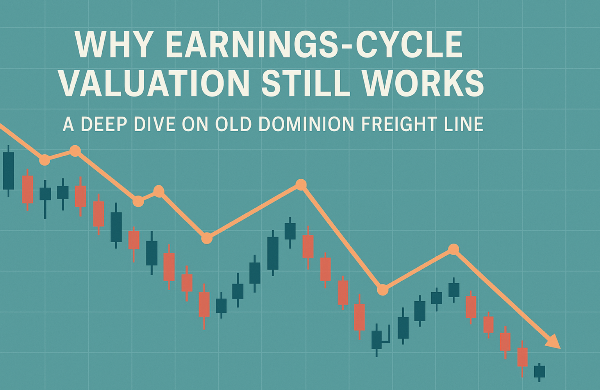
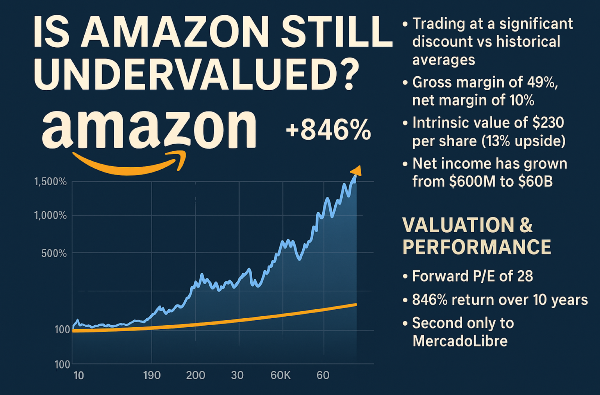




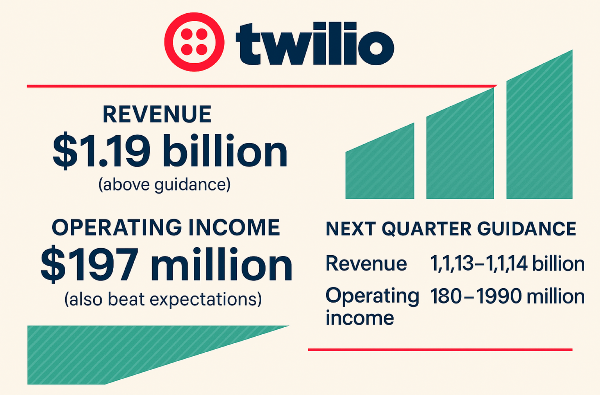
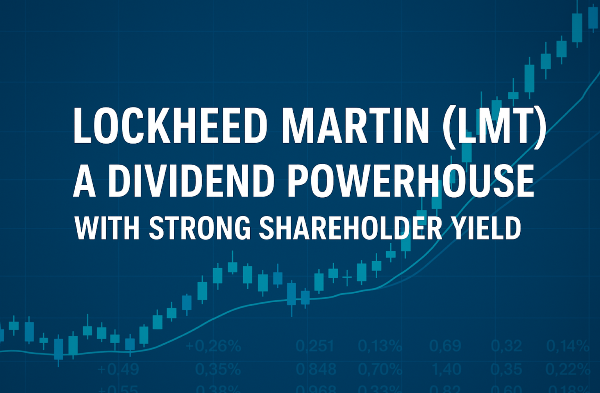
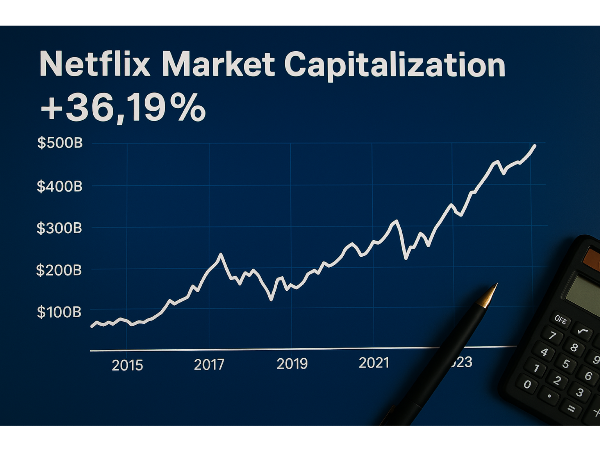




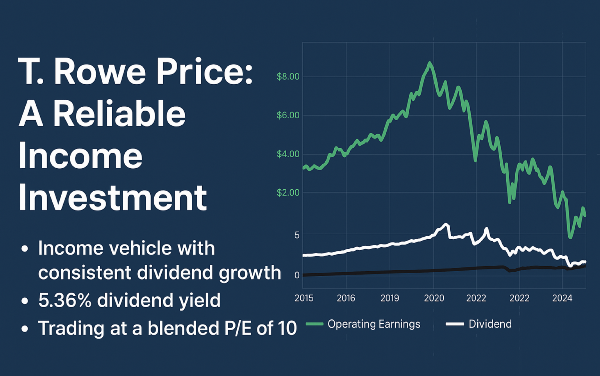


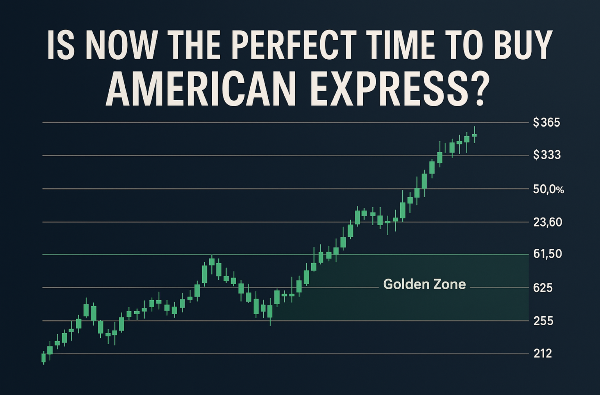









The dynamic nature of small-cap stocks presents both significant opportunities and considerable challenges for investors. These companies, often in their early stages of growth, can offer substantial returns but are also prone to higher price volatility compared to larger, more established corporations [Introduction]. To navigate this fluctuating landscape, investors often turn to technical analysis, a discipline focused on interpreting price patterns and trading volumes to identify potential trading opportunities. Among the array of technical indicators available, Bollinger Bands, conceived by John Bollinger in the 1980s, have become a cornerstone for traders seeking to gauge market volatility and pinpoint possible entry and exit points. This report will explore the practical application of Bollinger Bands as a tool for trading within the small-cap stock market, examining their construction, various strategic uses, methods for adjusting them to suit the unique volatility of small-caps, and the essential risks to consider.
Demystifying Bollinger Bands Bollinger Bands are a visually intuitive indicator that overlays directly onto a stock's price chart, providing a dynamic perspective on price action. The indicator is constructed around three key components. The middle band typically represents a 20-period Simple Moving Average (SMA) of the security's closing prices. This SMA acts as a gauge of the stock's intermediate-term trend. Situated above and below the middle band are the upper band and the lower band. These outer bands are derived by adding and subtracting, respectively, a defined number of standard deviations from the middle band over the same lookback period. A common setting utilizes two standard deviations.
The standard parameters of a 20-period SMA and two standard deviations are widely employed by traders. This configuration is based on the statistical principle that, under normal market conditions, approximately 95% of a security's price movements will occur within two standard deviations of its average price. Adhering to these common settings allows traders to benefit from widely recognized interpretations and trading signals.
The primary function of Bollinger Bands is to measure and illustrate the volatility of a stock. The distance between the upper and lower bands expands and contracts dynamically with the ebbs and flows of market volatility. Wider bands signify heightened volatility and potentially larger price swings, while narrower bands suggest a period of relative stability.
Given the inherent price fluctuations often seen in small-cap stocks, Bollinger Bands' ability to adapt to changing volatility makes them a particularly useful tool for analysis. The indicator's responsiveness can help traders visualize the often-erratic price movements and identify periods of increased or decreased trading activity. Parameter Default Value Description Period 20 Number of periods used for SMA and standard deviation calculation. Standard Deviation 2 Number of standard deviations away from the SMA for the upper and lower bands. Moving Average Type SMA The type of moving average used for the middle band. Export to Sheets Strategic Applications of Bollinger Bands in Small-Cap Trading Bollinger Bands offer several strategic applications for traders navigating the small-cap market. One common use is to identify potential entry and exit points. Prices nearing the lower band might suggest that a stock is becoming oversold and could be poised for an upward move, presenting a potential buying opportunity. Conversely, when prices approach the upper band, it could indicate an overbought condition, suggesting a possible selling or shorting opportunity. Given the greater volatility often present in small-cap stocks, these signals might occur more frequently but may also be shorter in duration.
Another popular strategy is the "Bollinger Bounce". This approach involves buying a small-cap stock when its price touches or briefly breaks below the lower Bollinger Band, with the expectation that it will "bounce" back towards the middle band, which acts as a dynamic support or resistance level. Conversely, a trader might sell or short when the price reaches the upper band, anticipating a move back down towards the middle band. This strategy tends to be most effective in small-cap stocks that are trading in a sideways range without a clear upward or downward trend.
Another powerful application of Bollinger Bands is identifying potential breakouts using the "Bollinger Squeeze". A squeeze occurs when the upper and lower bands narrow significantly, indicating a period of low volatility. This period of constricted volatility often precedes a sharp increase in volatility and a significant price move, or breakout, in either direction. Traders watch for the bands to expand after a squeeze, indicating the potential start of a new trend, and look for confirmation of the breakout direction before entering a trade. This can be particularly relevant for small-cap stocks, which may experience periods of low trading volume followed by sudden increases in activity and price.
Finally, Bollinger Bands can be used for trend following. In a strong uptrend, the price of a small-cap stock may consistently touch or "walk" along the upper band, indicating sustained buying pressure. Conversely, in a strong downtrend, the price may frequently interact with the lower band. A break outside the bands can initially suggest that the trend is likely to continue.
Strategy Description Potential Signals Considerations for Small-Caps Bollinger Bounce Buying/selling near the lower/upper band expecting a return to the middle. Price touches lower/upper band. Works in ranging markets; be cautious of breakouts. Bollinger Squeeze Anticipating a breakout after a period of low volatility (narrow bands). Bands narrow significantly, followed by band widening. Breakouts can be sharp but direction may need confirmation. Trend Following Price "walking" along the upper/lower band indicates a strong trend. Price consistently touches or stays near the upper/lower band. Monitor for trend continuation or potential reversals; false breakouts possible. Export to Sheets Refining Your Approach While the default settings for Bollinger Bands can be effective, adjusting the parameters can sometimes provide a better fit for the specific characteristics of small-cap stocks. Given their often-higher volatility, some traders might opt for a shorter lookback period, such as 10 days, and a reduced number of standard deviations, like 1.5, to increase the indicator's sensitivity to price fluctuations. This adjustment can help capture shorter-term trading opportunities that might be missed with the standard settings. Conversely, for small-cap stocks that exhibit lower volatility or for traders with a longer-term focus, a longer period, such as 50 days, with a slightly higher number of standard deviations (e.g., 2.1 or 2.5) might be more appropriate to smooth out short-term noise and identify broader trends. John Bollinger himself has suggested that the number of standard deviations used should be adjusted based on the moving average period to maintain a consistent level of price containment.
To increase the reliability of signals generated by Bollinger Bands, many traders find it beneficial to combine them with other technical indicators. For instance, the Relative Strength Index (RSI) can be used to confirm whether a small-cap stock is indeed overbought or oversold when the price touches a Bollinger Band. The Moving Average Convergence Divergence (MACD) can provide insights into the trend's direction and momentum. Additionally, analyzing trading volume can help validate the strength of potential breakouts or reversals indicated by the bands.
Touching or moving outside the upper Bollinger Band can suggest that a small-cap stock is in an overbought territory , while the same action near the lower band can indicate an oversold condition. However, in the often-fast-moving world of small-cap stocks, prices can sometimes remain near these bands for extended periods during strong trends, a phenomenon known as "walking the bands". Therefore, traders should seek confirmation from other indicators to avoid acting prematurely on potential overbought or oversold signals in the small-cap arena.
Market Condition (Volatility) Moving Average Period Standard Deviations Rationale Higher Volatility (Common in Small-Caps) Shorter (e.g., 10) Lower (e.g., 1.5) Increases sensitivity to price changes. Lower Volatility (Consolidation) Standard (e.g., 20) Standard (e.g., 2) Provides a balanced view of volatility. Longer-Term Analysis Longer (e.g., 50) Slightly Higher (e.g., 2.1) Smoothes out short-term fluctuations for trend identification. Export to Sheets Navigating the Risks While Bollinger Bands can be a valuable asset for small-cap traders, it is crucial to be aware of their limitations and potential pitfalls. Bollinger Bands are lagging indicators, meaning they are based on historical price data and may not always provide timely signals, especially during rapid market changes. Therefore, they should not be used in isolation as the sole basis for trading decisions. A price touching a band is not always a definitive buy or sell signal. Furthermore, false breakouts can occur, particularly during periods of low volatility or in response to unexpected news events that are common in the small-cap market.
To mitigate these risks, it is essential to use Bollinger Bands in conjunction with other technical analysis tools and, where possible, consider fundamental analysis to gain a more holistic understanding of the market conditions. Using non-correlated indicators can provide additional confirmation for potential trade setups.
Effective risk management is paramount when trading small-cap stocks with Bollinger Bands due to their inherent volatility. Implementing stop-loss orders is crucial to limit potential losses, especially during Bollinger Band squeezes where breakouts can sometimes be false. Traders should also consider adjusting their position sizes based on the width of the Bollinger Bands, potentially reducing their exposure during periods of high volatility (wide bands). Furthermore, it is important to be mindful of the risks associated with trading illiquid small-cap stocks, where large buy or sell orders can significantly impact the price and potentially distort the signals generated by Bollinger Bands.
Conclusion Bollinger Bands provide a dynamic and insightful tool for investors looking to trade small-cap stocks. Their ability to visualize volatility and highlight potential price extremes makes them particularly relevant in the often-turbulent small-cap market. By understanding the core principles of Bollinger Bands, exploring strategic applications such as the Bollinger Bounce and Squeeze, and recognizing the importance of adjusting parameters and seeking confirmation from other analysis methods , investors can significantly enhance their ability to make informed trading decisions. However, it is paramount to remain cognizant of the inherent risks and limitations of using any single technical indicator, especially in the context of the volatile small-cap market. Bollinger Bands should always be integrated into a comprehensive trading plan that includes robust risk management strategies to protect capital and maximize the potential for success in the dynamic world of small-cap investing